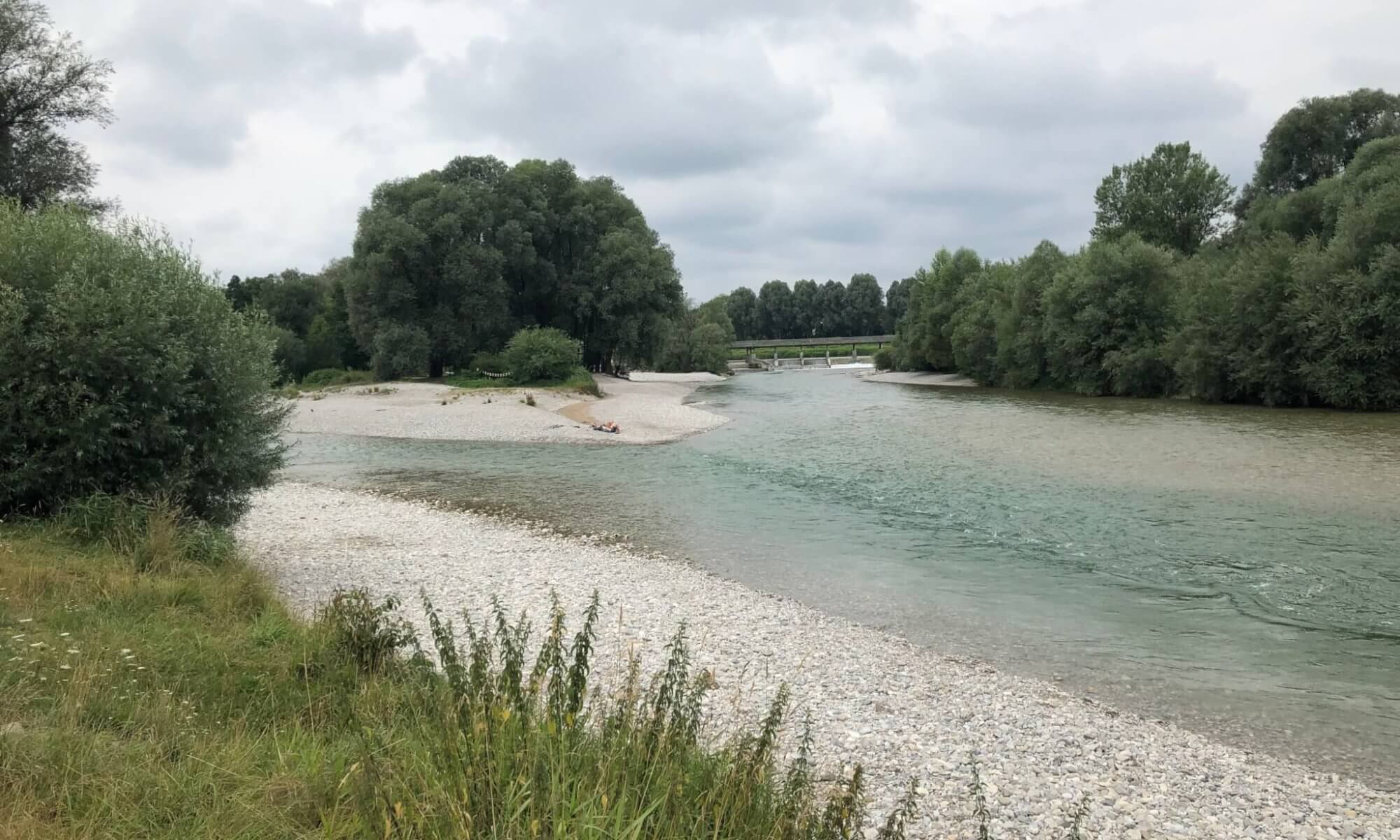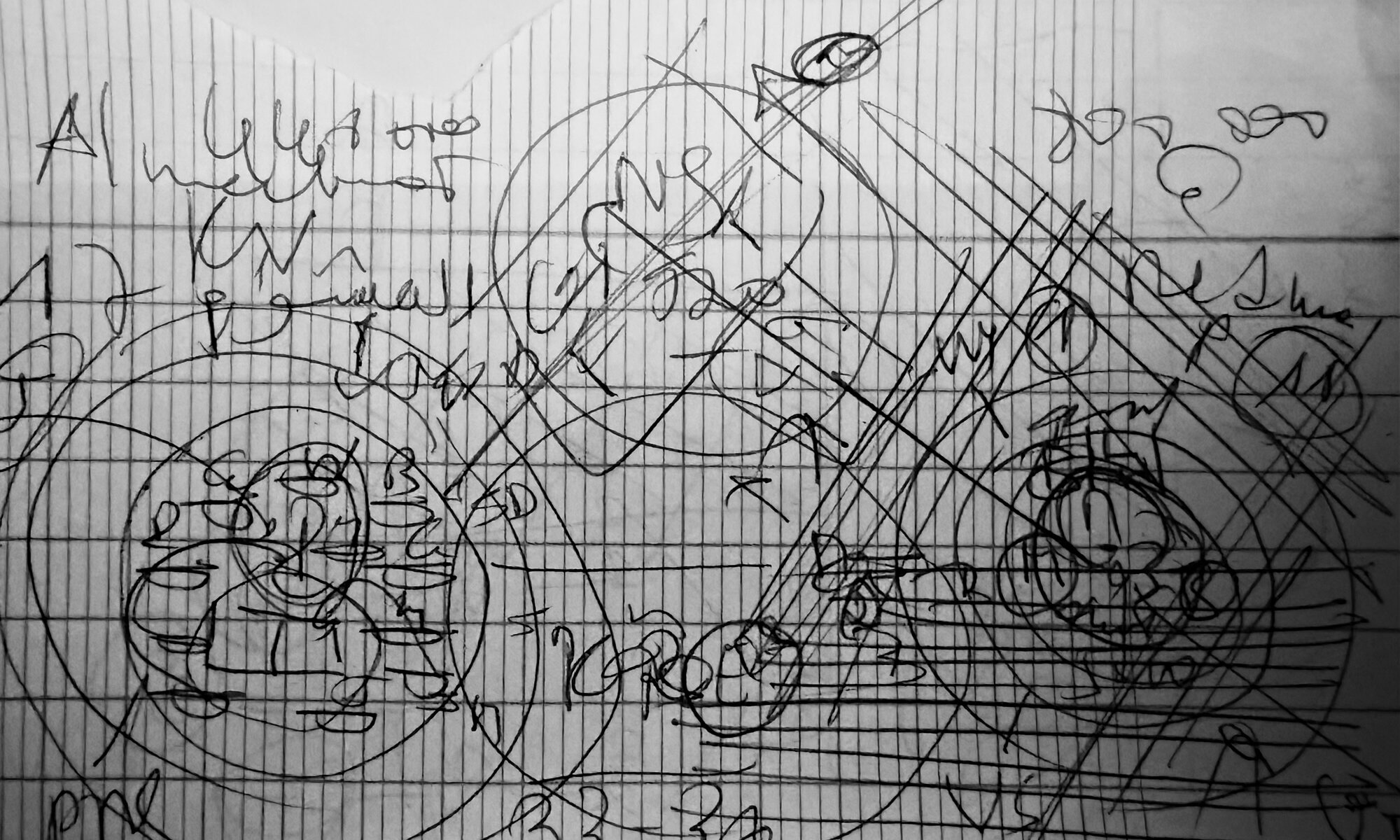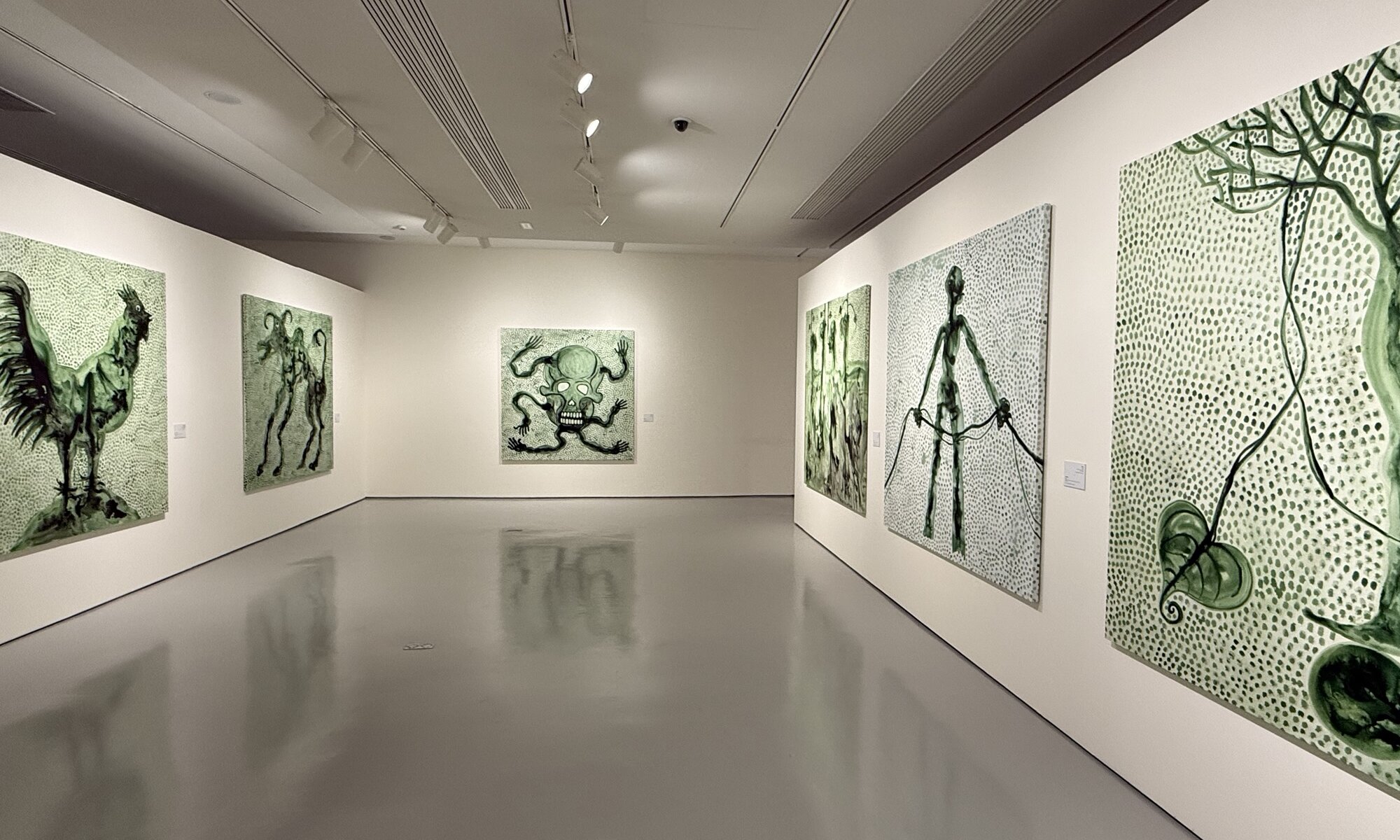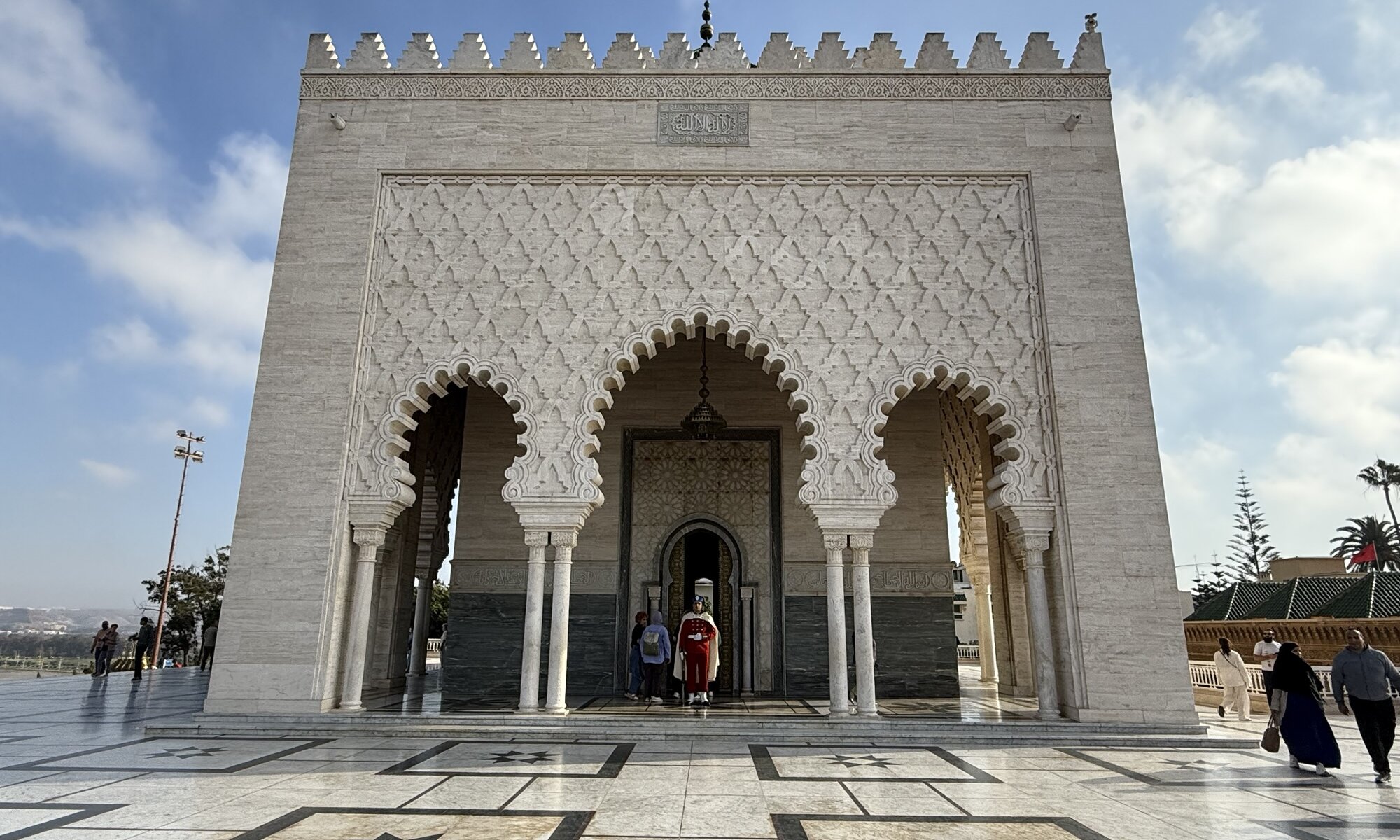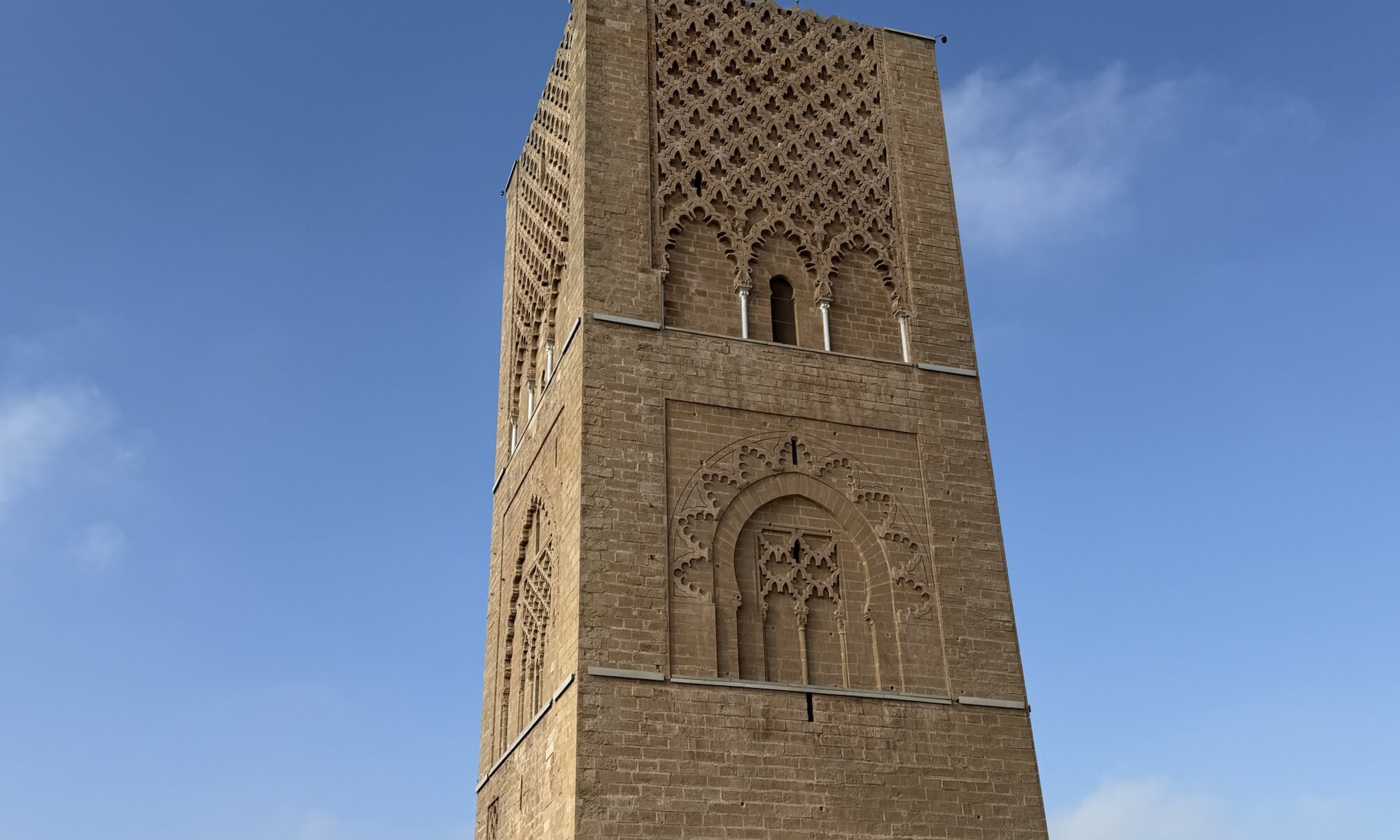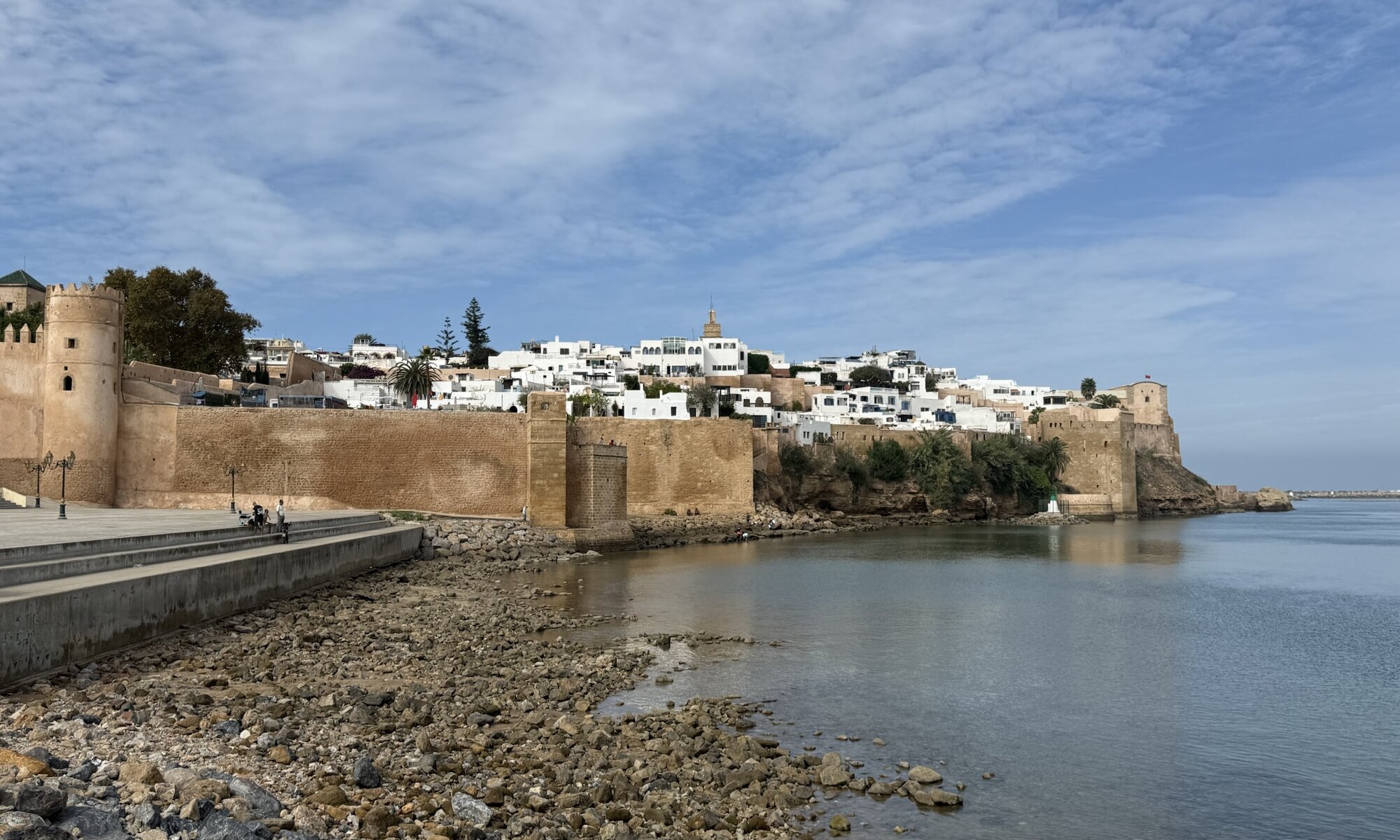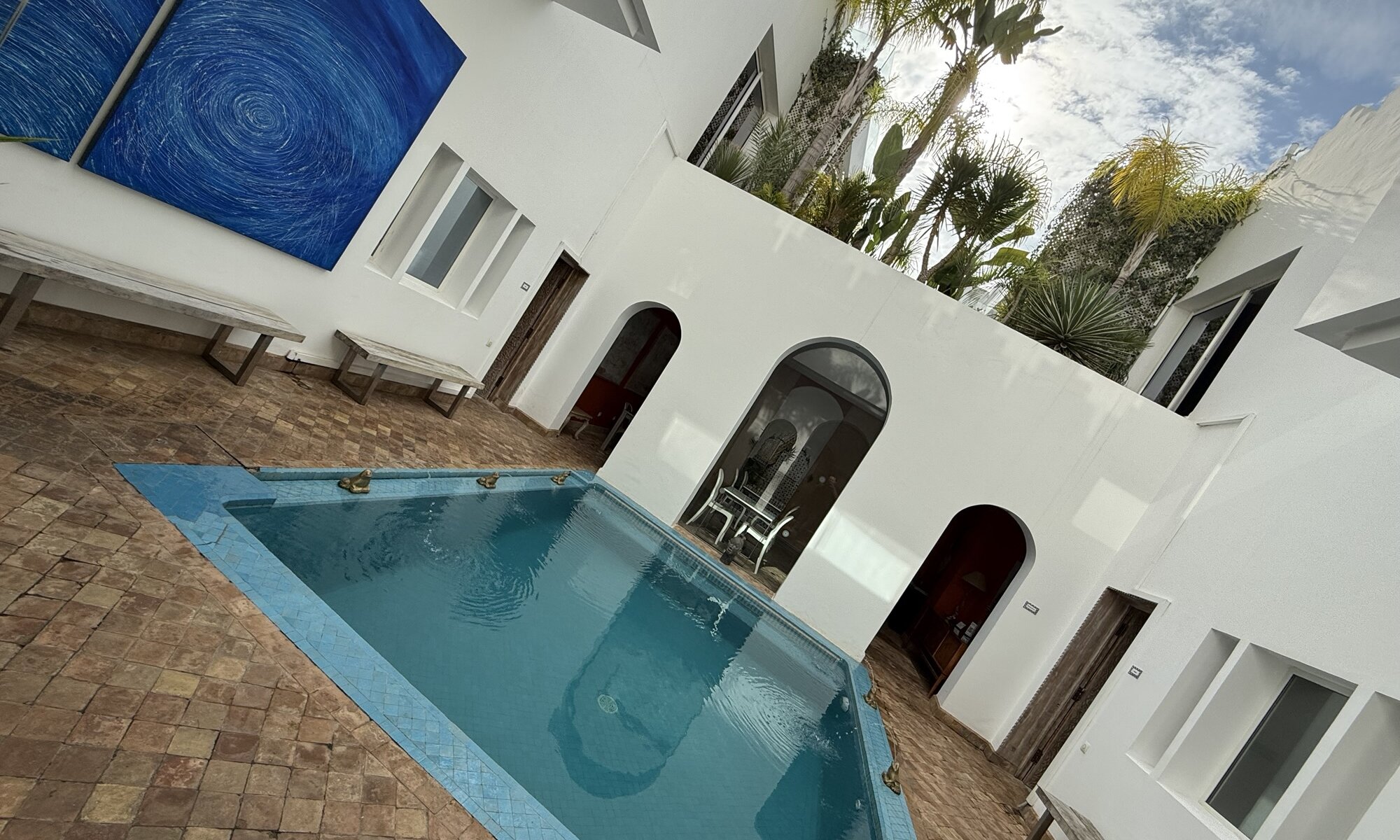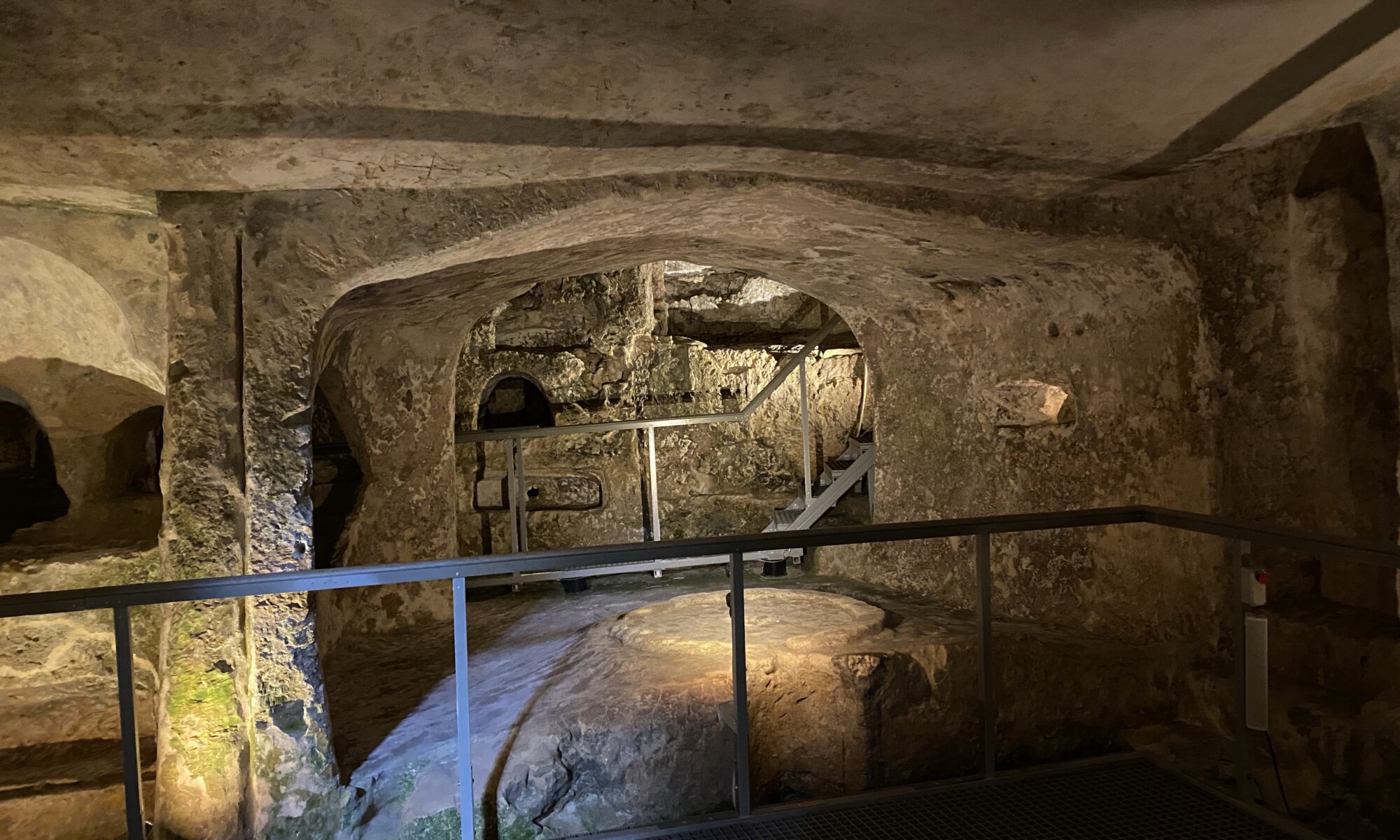When people visit Morocco, they typically visit the four villes impériales: Fès, Meknès, Marrakech and Rabat. These four have been capital cities throughout time for different dynasties of rulers: Idrisids (Fès), Almoravids (Marrakech), Almohads (Marrakech), Marinids (Fès), Saadis (Marrakech, Fès) and Alaouites (Fès, Meknès, Rabat). They shaped their favorite cities, contributed new buildings to them and left their traces.
Continue reading “Villes impériales”Art moderne et contemporain
As the capital city of Morocco, Rabat for sure needs a great art museum. Named after the current ruler Mohammed VI, the Musée d’art moderne et contemporain delivers what you would expect: contemporary art presented in a modern environment. Unfortunately, locals often miss the opportunity to see this wonderful museum because of its rather high entrance fee. The museum was opened in 2014 and on two levels artworks of 200 Moroccan artists from the 20th and 21st century can be seen.
Continue reading “Art moderne et contemporain”Mausolée Mohammed-V
Mohammed V is one of the rulers the Moroccans will probably not forget. He was the first to request independence from the colonizing countries Spain and France and was sent to exile because of this. After rising civil unrest, he could return in 1956 and successfully negotiate independence and the creation of the kingdom of Morocco. Mohammed V found his final rest in a beautiful and rich mausoleum next to the unfinished mosque of Rabat and the Hassan tower. He and his son Hassan II are protected by five guards in traditional uniforms.
Continue reading “Mausolée Mohammed-V”Unfinished mosque
When leaving the medina of Rabat to the southeast you can find an unusual building conglomerate on a hill: the unfinished minaret of an unfinished mosque next to the mausoleum of Mohammed V. A tower with a large field of columns next to an important grave. In the 12th century CE, Yaqub al-Mansur, the ruler of the Almohad empire requested the construction of the largest mosque in all Maghreb states. When he died in 1199 CE the construction works were stopped immediately and you can still see that state today.
Continue reading “Unfinished mosque”Kasbah des Oudaïas
The most beautiful place at Rabat is the Kasbah des Oudaïas. In fact, it is a combination of two kasbahs created by two different Moroccan dynasties to protect the city from pirates and serving as a royal seat. Directly at the ocean you can discover the old kasbah which is today a residential area filled with restaurants and touristy shops. You can climb up between the houses to the bélvèdere giving you great views on the ocean and the river. It is easy to imagine how this was once a military facility to protect the city. You can enter and leave this place through the historic Bab des Oudaïas gate.
Continue reading “Kasbah des Oudaïas”Riad Zyo
Once you reach the medina of Rabat you’ll see that it is entirely surrounded by an ancient city wall. The streets within are mostly traffic-free (with the exception of the Avenue Laalou passing between medina and necropolis), which gives you a nice experience while walking through the old town but also challenges you with the question of how to reach your guesthouse. The Riad Zyo is pretty easy to recht: after passing the Bab Laalou you only need to walk some meters on the Avenue Mohammad V and then turn right into the Rue Moreno. A small plaque at the wall will signal you that you’ve reached your destination.
Continue reading “Riad Zyo”Underground graveyard
Burial traditions change over time and are different in every culture. If you’re visiting the city of Rabat, you can explore a vast former burial site with an endless number of graves: the St. Paul’s Catacombs. More than 20 catacombs from Punic, Phoenician and Roman times as well as Christian, Jewish, Muslim and Pagan underground graveyards can be visited. The site is named after St. Paul because of the catholic church close to it.
Continue reading “Underground graveyard”